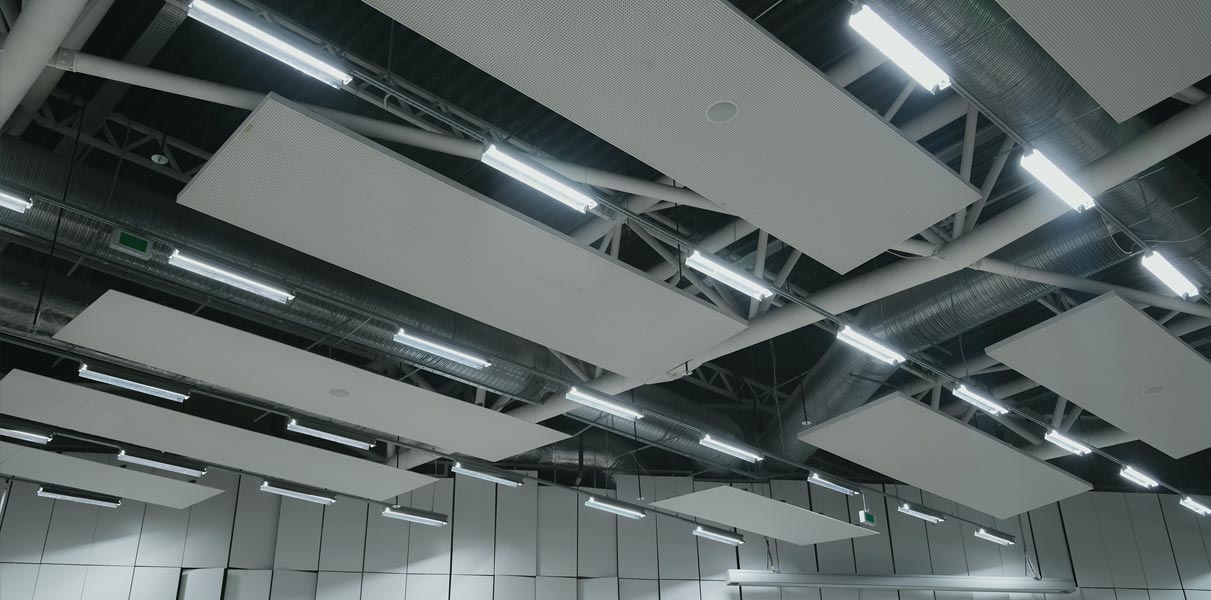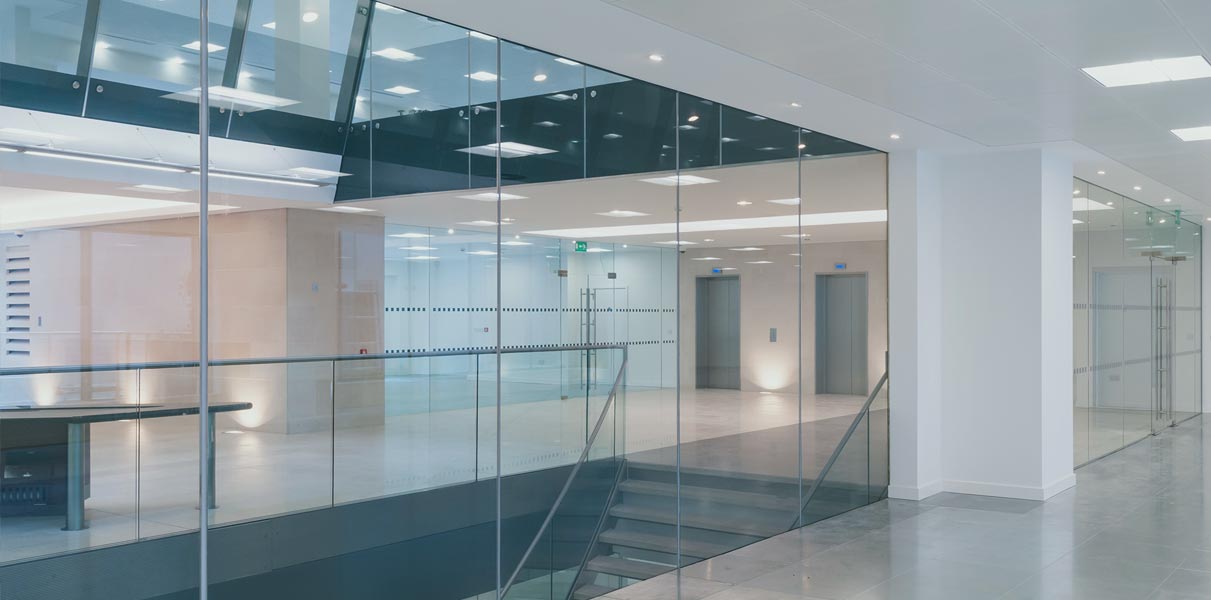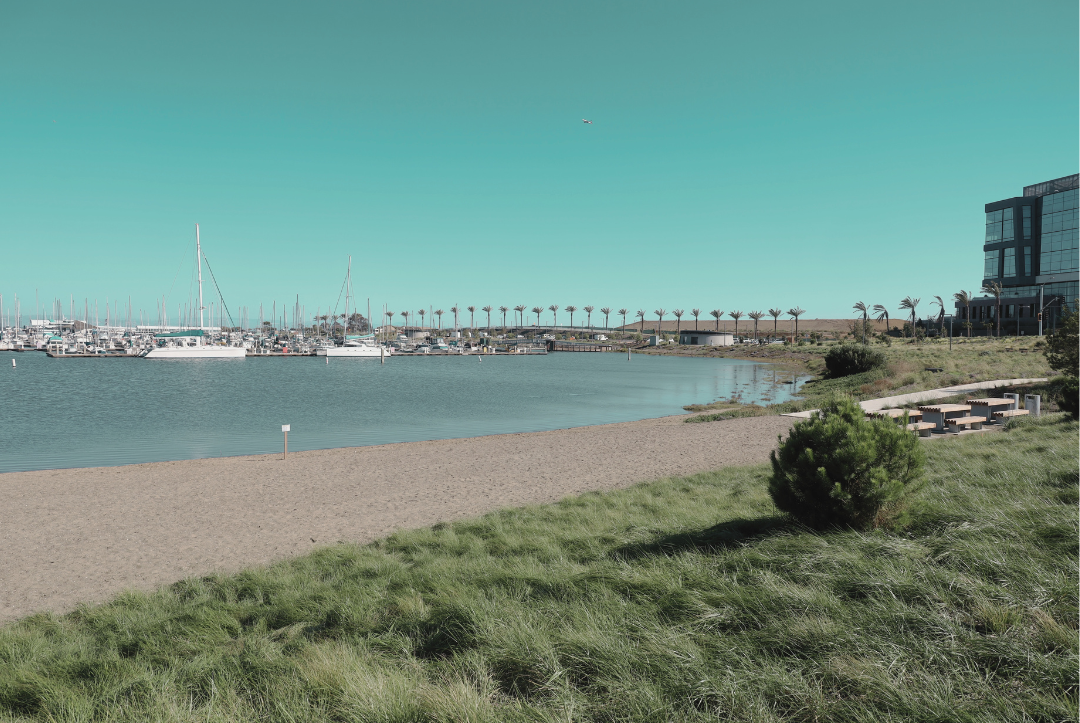The City of Cambridge Building Energy Use Disclosure Ordinance (Cambridge BEUDO), is a citywide energy benchmarking & disclosure program requiring owners of existing buildings to report energy and water use annually, using ENERGY STAR® Portfolio Manager®. Effective as of June, 2023, this program provides building owners insight into their building’s energy efficiency and helps meet the City of Cambridge’s Climate Action Plan goals.
BEGIN COMPLIANCE NOW
WHAT BUILDINGS ARE COVERED UNDER CAMBRIDGE BEUDO?
Property Size
Commercial buildings over 25,000 Sq .Ft. or 50+ residential dwelling units.
Municipal buildings over 10,000 Sq. Ft.
WHAT INFORMATION IS REQUIRED FOR BENCHMARKING?
Annual benchmarking reporting requires 12 calendar months of whole-building energy, water, and building use data. For example, in 2025, building owners must report 12 months of 2024 data.
WHEN ARE CAMBRIDGE BEUDO BENCHMARKING REPORTS DUE?
May 1, annually. Benchmarking reports must be submitted on an annual basis using the previous year’s data via ENERGY STAR® Portfolio Manager®. This is the EPA’s benchmarking tool that is used for compliance reporting in most ordinances across the country.
WHAT INFORMATION IS REQUIRED FOR BPS?
Building Performance Standards (BPS) are often considered Phase II of these building energy use ordinances. After reporting your benchmarking data, many ordinances require you to make changes to the building’s operations or equipment to lower energy use over time.
Cambridge BEUDO requires covered properties to meet Greenhouse Gas (GHG) Emissions reductions requirements on a schedule outlined below. These reductions use the baseline years 2018-2019, meaning they must meet the reduction targets relative to the data from those years.
WHEN ARE CAMBRIDGE BEUDO BPS REPORTS DUE?
For Buildings Over 100,000 Sq. Ft.
Compliance Period 1 (2026-2029) – annual GHG emissions must be reduced by at least 20% from baseline.
Compliance Period 2 (2030-2034) – annual GHG emissions must be reduced by at least 60% from baseline.
From 2035 onwards, GHG emissions will not exceed zero.
For Buildings Between 25,000 Sq. Ft. and 100,000 Sq. Ft.
Compliance Period 1 (2026-2029) – annual GHG emissions cannot be more than emissions from the baseline year.
Compliance Period 2 (2030-2034) – annual GHG emissions must be reduced by at least 40% from baseline.
Compliance Period 3 (2035-2039) – annual GHG emissions must be reduced by at least 60% from baseline.
Compliance Period 4 (2040-2044) – annual GHG emissions must be reduced by at least 80% from baseline.
Compliance Period 5 (2045-2049) – annual GHG emissions must be reduced by at least 90% from baseline.
From 2050 onwards, annual GHG emissions will not exceed zero.
WHAT IS THIRD-PARTY DATA VERIFICATION?
Third-party data verification requires owners/managers of covered buildings to hire a third-party expert who will independently review and verify the building’s benchmarking data.
Under Cambridge BEUDO, data verification was required for the two baseline years (2018-2019) and is required during the first year of each BPS compliance period.
WHAT ARE THE PENALTIES IF YOU DON'T COMPLY WITH CAMBRIDGE BEUDO?
BEUDO violations will result in:
-
A written warning for first violation
-
Fines of $300 per violation, per day for any subsequent violations
-
Each day that a property remains in violation will be considered a separate offense
-
These penalty guidelines apply individually to all aspects of the ordinance including, benchmarking, data verification, and emissions reduction requirements.
HOW DO I COMPLY WITH CAMBRIDGE BEUDO?
CONTACT US HERE to learn more and get started with compliance.
Cambridge BEUDO compliance can be confusing and hard to navigate. Bringing on a consultant like Green Econome streamlines the entire process while ensuring accurate reporting. We also offer free consultations with our benchmarking clients to review the reports and identify inefficiencies to improve.
WHEN SHOULD I START CAMBRIDGE BEUDO COMPLIANCE?
Ordinances such as Cambridge BEUDO are already in effect across the country, and deadlines are rapidly approaching. Retrieving historical building data will take time, especially when coordinating with property managers and utilities.
Waiting until the last minute risks missing compliance windows resulting in fines and enforcement penalties. Green Econome takes every measure to ensure complete and accurate data collection. The sooner you reach out, the sooner you can achieve compliance.
CAMBRIDGE BEUDO RESOURCES
Policy
Cambridge Building Energy Use Disclosure Ordinance (BEUDO)
Bill Text
Cambridge Building Energy Use and Emissions Reductions
Enforcing Agency
City of Cambridge
![]() GREEN ECONOME IS A CAMBRIDGE BEUDO AUTHORIZED SERVICE PROVIDER
GREEN ECONOME IS A CAMBRIDGE BEUDO AUTHORIZED SERVICE PROVIDER
GREEN ECONOME APPROACH
With every phase of the process, Green Econome’s experienced and knowledgeable team is here to guide you on the results, options, and path forward to meet your compliance goals.















